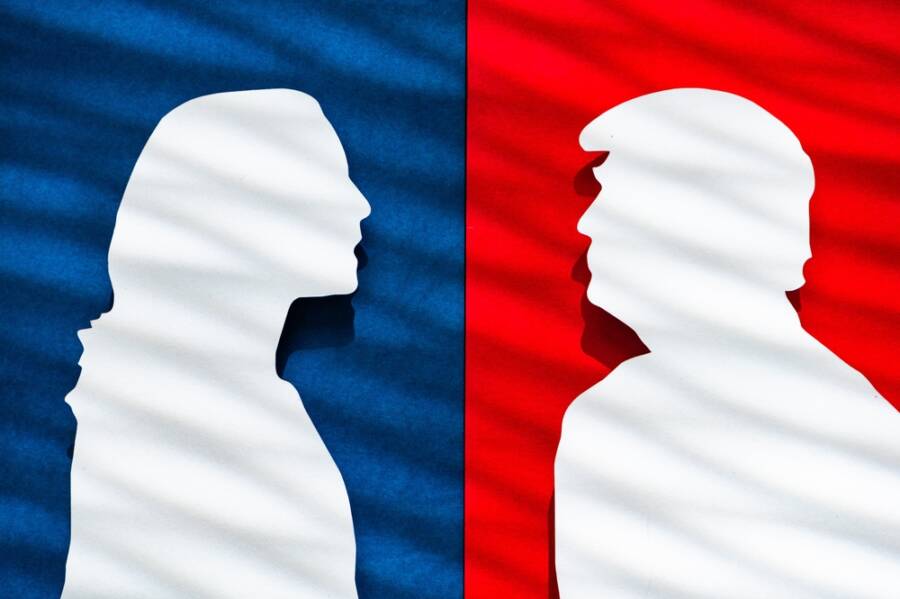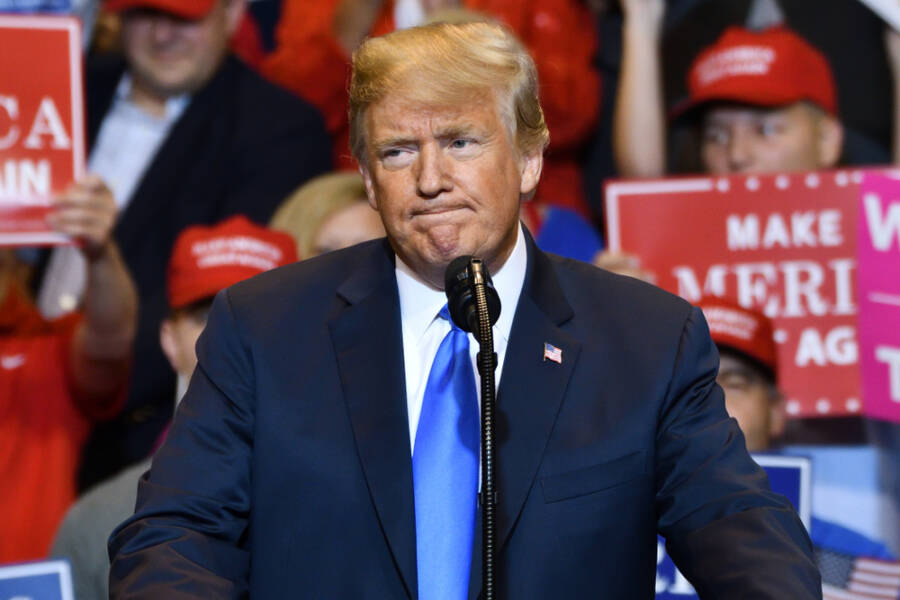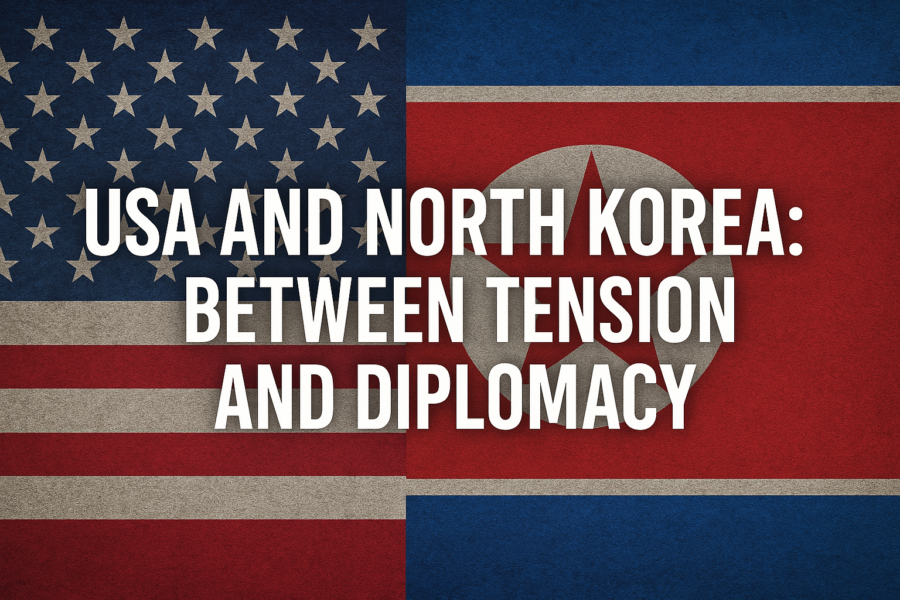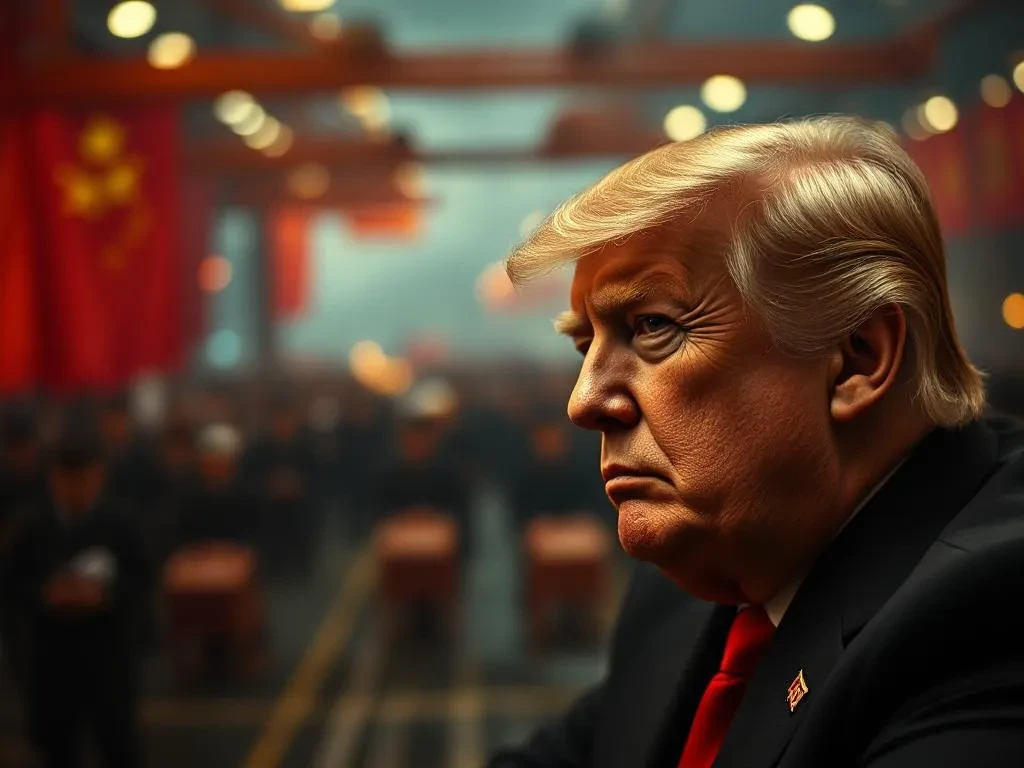The debate between Democratic nominee Kamala Harris and Republican nominee Donald Trump seems to be more than just a political face-off.
Americans witnessed how over the past decade, Trump’s brand of toxic masculinity marked dominance, normalized things such as violence against women, lack of empathy, and leadership showcasing white male power had an influence over the Republican party.
Have you watched the debate? Yes or no, we want to talk about the most brutal strategies in political speech we’ve witnessed in years.

It was easy to notice that during the debate Harris used a clever strategy exposing Trump’s transformation on stage – he turned from his usual provocative and aggressive state to a frustrated and insecure white man.
Kamala did great excelling in both substance and style – she prepared meticulously to outshine Trump who chose to go for a more spontaneous approach. She positioned herself as a symbol of generational change, addressing the extreme polarization that turned America upside down since Trump’s emergence.
She introduced her campaign message in strategic moments, and Trump remained defensive throughout. Republicans heavily criticized the moderators who have done their jobs by challenging Trump’s falsehoods. Trump does have a reluctance to engage in further debate, but this is not a guarantee for an election victory. Harris made a compelling case for sure.
We remind you of the disappointing debate performance in June. Given this failure, it is high anticipation for the face-off between Kamala Harris and Donald Trump. Harris certainly accomplished what Biden couldn’t in Atlanta.
Compared to the other debate Trump was taking part in,, Harris performed as a prosecutor, highlighting Trump’s threats to the country’s future. She challenged him on major issues, talking about immigration and abortion rights. She set multiple traps that Trump’s ego fell for, and he exposed his worst traits, such as his outrageous claim of immigrants consuming pets, becoming a memorable example of his extreme speech.
Trump, however, remains resilient against legal issues and scandals, and his apocalyptic vision resonates with a loyal base. Democrats don’t stop from portraying Trump as the favorite, which is a good tactic to energize their voters. The polls until now just brought us a clear image of an uncertain outcome.

Kamala’s strategies made Trump lose the cover of facing an unsteady opponent, as Harris took command by provoking him on topics he’s sensitive about.
Trump went off-balance, and he started to defend himself against issues such as crowd size, the Charlottesville rally, and the January 6th insurrection rather than focusing on his new favorite topic—immigrations. As we mentioned before, he managed to make some bizarre claims on the subject, a baseless accusation that highlighted erratic behavior.
David Weigel of Semafor noted that Harris expertly employed a strategy involving reminding the voters about the problematic aspects of Trump’s presidency and triggering trademark reactions at the same time. She used his own outbursts to make clear the need to move beyond the Trump era.
Harris got close to Muhammad Ali’s rope-a-dope tactic in his fight with George Forman from 1974. Ali was punched to tire Foreman and then struck back. This is how Harris let Trump ramble and gave him enough rope to hang himself. Trump was speaking longer than Harris – 47 minutes, compared to her 37 and this is proof that Harris used her time strategically, allowing Trump to dig its own grave.
Conservative commentators easily recognized Harris’ victory. Chris Wallace from CNN noted how Harris dominated almost every topic. Moreover, she’s been praised for her composure and preparation, and the debate was seen as a disaster for Trump and his supporters.
More than just discursive strategies, Harris also has a more subtle approach. She used her expressions and body language as well, turning the debate into a referendum on Trump himself rather than focusing on her own record.
She used gestures such as raising eyebrows, a dismissive laugh, or a quiet sigh to undermine Trump’s ego, as she knew this was one of his most sensitive traits.

Harris hits Trump where it hurts, questioning the size and loyalty of his crowds; she even called him a disgrace in the eyes of world leaders, reducing his image as a self-made billionaire by pointing out his rich father.
She was poking Trump’s image and calmly watched his irritation grow. Harris didn’t only focus on records and facts; she went after his need for validation and managed to unravel his composure bit by bit. Until she was officially named the presidential candidate, Kamala Harris didn’t necessarily benefit from a positive public opinion. This fact looked like it changed overnight, and suddenly people started to sing her praises. This shift happened before the debate against Donald Trump, and you may wonder what has changed. Well, nothing has changed except that Harris was the vice president, and it’s common for this role to be low-profile until it’s time for the VP to step in as a potential president.
Talking about this topic, there is a long history behind it. For example, Benjamin Franklin once joked about the vice president, saying it should be called the “superfluous excellency” because it is a high-profile role with not much actual power. The VP under Gerald Ford, Nelson Rockefeller, jokingly mentioned, “I go to funerals; I go to earthquakes.” When Dwight Eisenhower was asked how Richard Nixon, VP at the time, helped him, he said, “If you give me a week, I might think of one.”
Vice presidents are usually handed a hot potato, and this happened when Joe Biden put Harris in charge of the migratory flows on the US Southern border with Mexico—which was a task Harris did not emerge unscathed. On the same note, Donald Trump put Michael Pence in charge of the coronavirus crisis.
However, since the beginning, it looked like something else was expected from Kamala Harris—maybe because Biden was old and she should’ve assumed multiple roles. Moreover, as the first Black woman to serve as VP, she was under more pressure to prove herself.
Kamala showed how she could win the election like she did in 2020 when the Democratic primaries talked about how she outshined Biden in Miami with her memorable line: “That little girl was me.”
During the Tuesday debate, she made a point to say that while she owns a gun, she doesn’t plan to take anyone away. Gun culture is a sensitive subject, and it goes beyond the school shootings and other cuts across political lines. Hunting and gun ownership may mean a whole lifestyle for most people. On this topic, Trump used to play these voters. At the same time, Kamala Harris avoided taking a radical stance that might have alienated them—a strategy Trump didn’t envision in his speech while starting to rant about migrants eating pets in Ohio. As we mentioned before, winning a debate doesn’t mean winning the elections, as happened with Hilary Clinton, who won the 2016 debates and still lost the election.
Kamala seems to have some notable endorsements, including Taylor Swift, who grabbed the headlines and triggered a virtual and mostly one-sided conflict with Donald Trump, who didn’t hesitate to very presidentially post on his Truth Social media account, in all caps: “I HATE TAYLOR SWIFT!”
With celebrity support and her clear stance on guns, Kamala Harris needs to win over the votes that make the difference: over 43,000, and this is not a small task.
If you’re interested in public speaking, this is a book that might help you: The Essentials of Public Speaking
Did you like our article? Read this one next: Harris Promotes Joy, Trump Has a Dark Vision: What You Should Know







